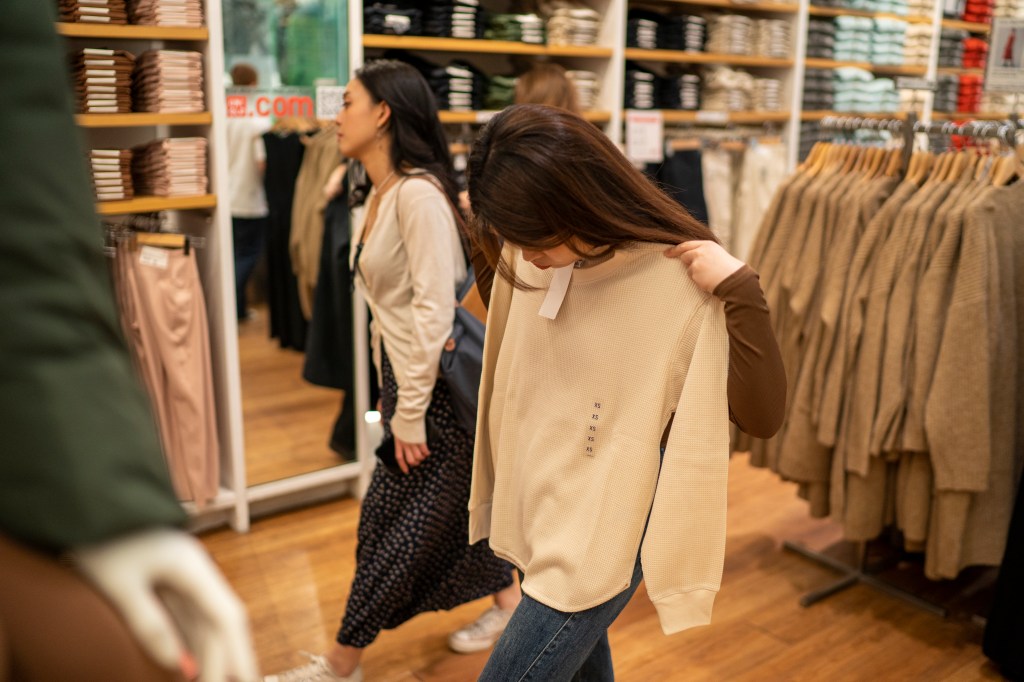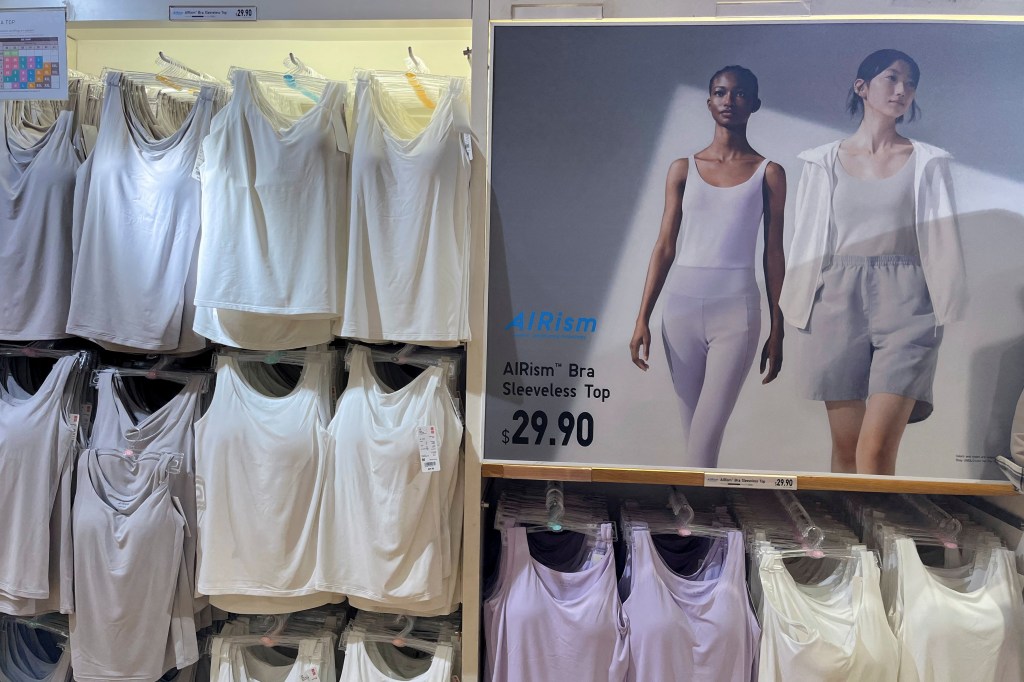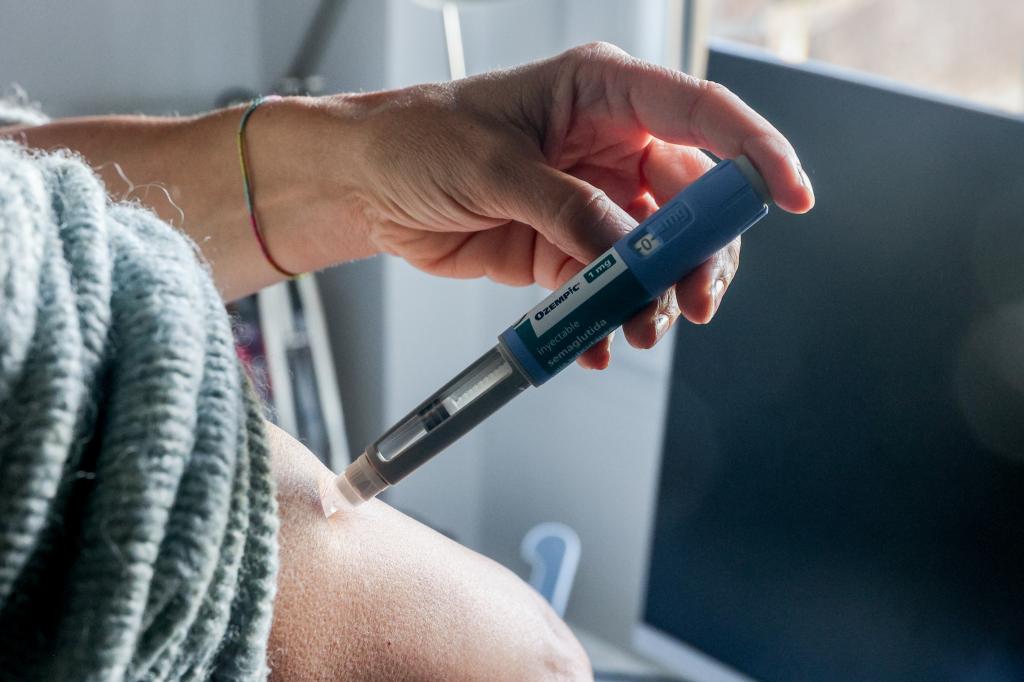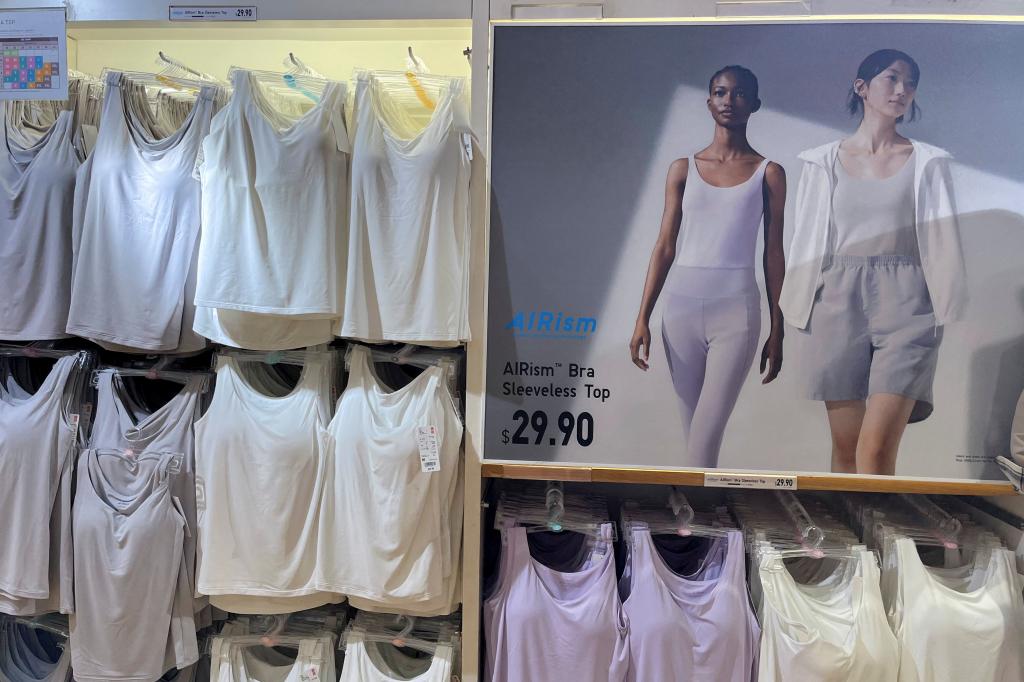Ozempic users are now buying smaller, ‘edgier’ clothes post-weight loss, retailers say
Contact The Author
People are both growing and slimming down their wardrobe — thanks to Ozempic.
With weight-loss drugs such as Ozempic and Wegovy taking over, retailers are beginning to notice that shoppers are buying more clothes in smaller sizes.
According to a survey conducted in March, about 15.5 million people — 6% of US adults — have tried injectable weight-loss drugs to slim down.
Those on the weight-loss journey aren’t just adding smaller-sized apparel to their closet: They’re also changing up their style, opting for more tight and body-hugging clothing and risqué looks, industry executives and shoppers shared with the Wall Street Journal.
While these executives clarified that there’s no way to be completely certain that the weight-loss drug craze is the cause of the trend, they shared that this kind of shift to smaller sizes is something they haven’t seen before.
Jennifer Hyman, co-founder and CEO of Rent the Runway, told the outlet that more customers are switching to smaller sizes now than at any time in the past 15 years.
Naturally, brands are responding by changing what they’re selling, offering adjustable corsets instead of zippers, plus more sheer looks.
“When you are more comfortable in your skin, you are more willing to try edgier looks,” Hyman said.
“Before, I was insecure about my body,” 32-year-old Maggie Rezek, who lost 60 pounds on semaglutide, told the Journal. “Now, I feel like I fit better in clothes. That gives me the confidence to dress up and be more stylish.”
This change is also a 180-degree flip from recent fashion culture when many retailers scrambled to add larger size options to accommodate Americans’ weight and the body positivity movement.
“Over the past year, our retailers have been telling us they need smaller sizes,” Abhi Madan, Amarra’s co-founder and creative director, told the WSJ.
Amarra, which sells evening gowns and other formal wear, has added sizes as small as 000 and is now selling more sizes in the 0 to 8 range than in the plus-size range of 18 to 24 — even though there was an increase in demand for larger sizes in the aftermath of the COVID-19 pandemic.
The change in the sizing “curve” also potentially affects retailers financially, according to Prashant Agrawal, founder and chief executive officer at Impact Analytics.
“The slimming down of America will have an enormous impact on retailers and could cost them approximately $20 million each year due to incorrect size curves. These losses will only accelerate as more people take GLP-1 drugs for weight loss,” said Agrawal.
“Retailers generally make buying decisions for upcoming seasons at least six months in advance, and if this impact to the curve isn’t addressed, it will have ramifications on retail sales that will extend well into the holiday season and beyond.”
Edmond Moss, the sales director of AllStar Logo, also noted that demand for the largest sizes has fallen by half over the past year.
“We used to sell a lot of fleece jackets in extra, extra large,” Moss shared. “Now everything has gone down by at least one size.”













